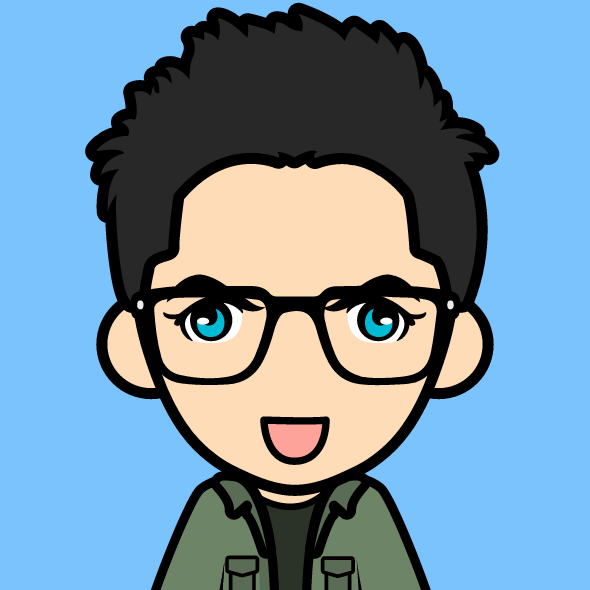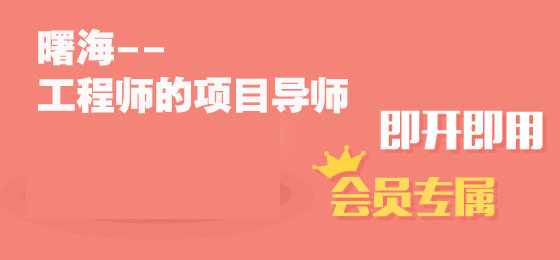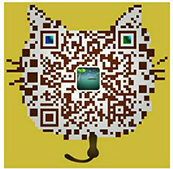 课程大纲:
课程大纲: IoT (Internet of Things) for University Faculties 培训
Session 1:Basic and Advanced concepts
Basic -1: A brief history of evolution of IoT technologies
Basic-2: Wearable, Edge computing, IoT wireless protocols ( Sigfox, Lora etc.) , IoT cloud platforms.
Basic-3 : layered architecture of IoT — Physical (Sensors), Communication, and Data Intelligence
Advanced-1 : Edge architecture, edge computation and database
Advanced-2 : Next Generation IoT Gateways- edge and 5G
Advanced-3: managed IoT services like diagnostics, maintenance of IoT infrastructure by bots and automation
Session 2:Sensing and Devices: Architectures and Examples
Basic function and architecture of a sensor — sensor body, sensor mechanism, sensor calibration, sensor maintenance, cost and pricing structure, legacy and modern sensor network — all the basics about the sensors
Development of sensor electronics — IoT vs legacy, and open source vs traditional PCB design style
Development of sensor communication protocols — history to modern days. Legacy protocols like Modbus, relay, HART to modern day Zigbee, Zwave, X10,Bluetooth, ANT, etc.
Business driver for sensor deployment — FDA/EPA regulation, fraud/tempering detection, supervision, quality control and process management
Different Kind of Calibration Techniques — manual, automation, infield, primary and secondary calibration — and their implication in IoT
Powering options for sensors — battery, solar, Witricity, Mobile and PoE
Hands on training with single silicon and other sensors like temperature, pressure, vibration, magnetic field, power factor etc.
Session 3:Well Known Communication Protocols for IoT Engineering
What is a sensor network? What is ad-hoc network?
Wireless vs. Wireline network
WiFi- 802.11 families: N to S — application of standards and common vendors.
Zigbee and Zwave — advantage of low power mesh networking. Long distance Zigbee. Introduction to different Zigbee chips.
Bluetooth/BLE: Low power vs high power, speed of detection, class of BLE. Introduction of Bluetooth vendors & their review.
Creating network with Wireless protocols such as Piconet by BLE
Protocol stacks and packet structure for BLE and Zigbee
Other long distance RF communication link
LOS vs NLOS links
Capacity and throughput calculation
Application issues in wireless protocols — power consumption, reliability, PER, QoS, LOS
Sensor networks for WAN deployment using LPWAN. Comparison of various emerging protocols such as LoRaWAN, NB-IoT etc.
Hands on training with sensor network
Demo : Device control using BLE
Session 4:Review of Standard and Advanced topologies in IoT
Reviewing all the basic elements of an IoT system- sensors, automation, gateway, edge gateway, data visualization, data analytics, cloud computation
Review of a standard gateway architecture- North and South bound system, critical process, IPC vs IPC internal communication protocols, Batch vs no-batch computation
Edge computation and edge database- more detailed architectural lay-outs
Gateway to cloud communication – MQTT, Web-socket etc.
Real Time vs Near Real time vs Historical visualization
Over the top (OTA) architectures for remote update of firmware and software
Managing a distributed system and network from event logs more effectively
Batch size vs process duty cycle- how to match them
Session 5:Data-Mining and Analytic Engine for IoT
Insight analytic
Visualization analytic
Structured predictive analytic
Unstructured predictive analytic
Recommendation Engine
Pattern detection
Rule/Scenario discovery — failure, fraud, optimization
Root cause discovery
Introduction to Machine learning
Learning classification techniques
Bayesian Prediction-preparing training file
Support Vector Machine
Image and video analytic for IoT
Fraud and alert analytic through IoT
Bio –metric ID integration with IoT
Geo-fencing in IoT analytics
Real Time Analytic/Stream Analytic
Scalability issues of IoT and machine learning
What are the architectural implementation of Machine learning for IoT
Session 6:Cloud computing and platforms for IoT
IaaS vs PaaS
SaaS models
Hybrid IoT clouds
On-premise cloud for IoT
IoT event hub ( Microsoft)
AWS IoT Platform ( with demo and architecture)
Microsoft IoT platform (with demo and architecture)
Basic concepts of Cloud apps for in IoT
Basic concepts of different layers of security in IoT
Detailed study of Azure IoT platform architrecture
Session 7:Hands-on building a IoT cloud system
Build a IoT system using Microsoft Azure IoT central – example will be to build a 3 phase-voltage current sensor in Azure IoT central system
Learn the basic concepts of IoT Web app- Fleet manager, data visualization, sensor onboarding, sensor mapping, sensor-system attribute mapping , digital twins - learn it via Azure IoT central and Machinesense Crystal Ball
Computation /Machine learning of Data in Edge vs Cloud
Concept of IoT Template for replicated IoT system design
IoT system and connectivity diagnosis
Session 8:Emerging Research Areas and Case Studies for Federal grants in IoT
Smart City : Structural health monitoring, Bridge health monitoring, Transportation Monitoring, Air and Water pollution monitoring, Smart Parking etc.
Sustainable development goals ( SDG)- defining IoT Scopes in SDG1-16 as defined by UN
IoT and Public Safety – Fire hazard, flash floods prevention
IoT and 5G
IoT in smart agriculture
IoT in Oil/Gas
IoT and water management
IoT and Power management – energy and power quality





